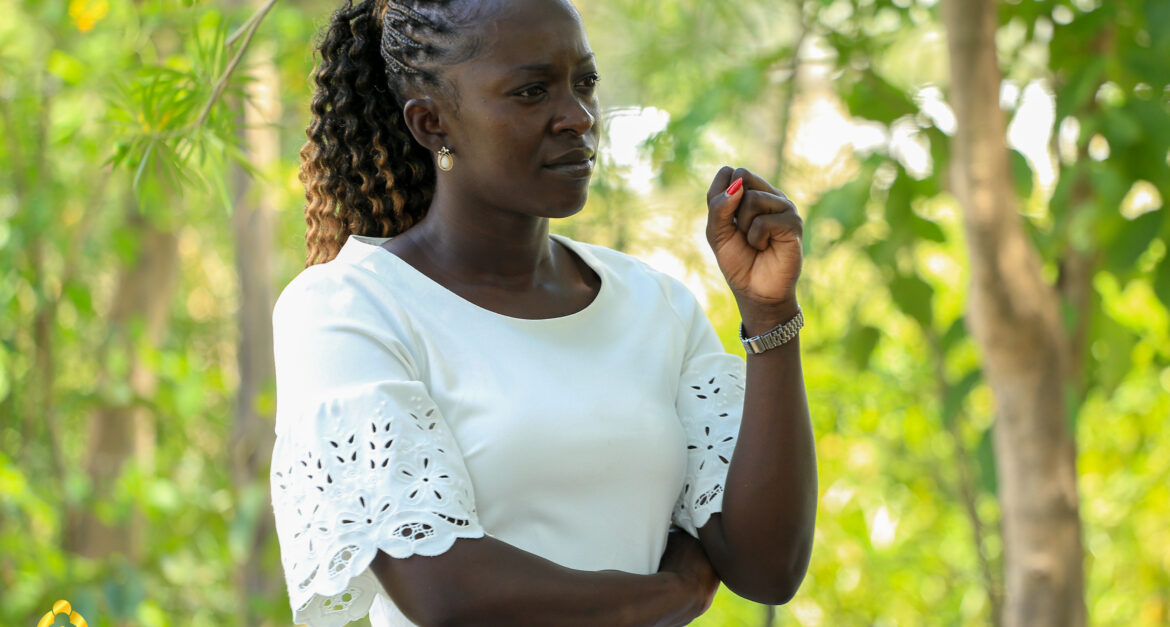
Have you ever stood still, alone in a forest? When you quiet yourself and sink into your surroundings, you hear the sounds of vibrant wildlife all around you. The buzzing of insects, the tapping of woodpeckers, the trilling notes of the songbirds — and then the crashing chaos of a pair of squirrels chasing one another through the leaves.
At night time, the sounds are different but just as lively. A pair of owls calling to one another, croaking frogs, humming cicadas, and the rustling of a foraging opossum. Perhaps you even hear the yapping or howling of coyotes.
Forests are a sanctuary for wildlife. And a single forest may be home to several thousand species of animals, all dependent upon one another to survive.
In fact, over 75% of Earth’s land-dwelling life lives in forest habitats.
But our planet’s forests are in danger…
The demand for cheap wood and paper products drives an ever-growing market of unsustainable and sometimes illegal logging operations.
When forests are destroyed or compromised by logging, we refer to it as “deforestation.” The World Wildlife Fund reports that deforestation due to the demand for paper products is the number one threat to Earth’s forests.
Here at Save Trees, our mission is to protect our forests and natural biodiversity by moving away from tree-based paper products with more sustainable bamboo alternatives.
In celebration of Earth Day 2023, we’re taking the time to explore these precious forest ecosystems and what we can do to stop deforestation. (Plus, we have a few special Earth Day 2023 offerings, so YOU can help #savethetrees as well!)
Forests: A Brimming Home of Biodiversity
Forests are an essential habitat to three-quarters of land-dwelling species, including most mammals, birds, reptiles, and amphibians, plus a massive slew of insects and arachnids.
If we want to learn how to preserve biodiversity, we must first understand how this intricate system functions as a home to so many species of wildlife.
A forest ecosystem is a very delicate balance of living organisms that developed over the course of thousands and thousands of years. There’s bacteria living in the dirt, which decomposes all the leaves and sticks that fall from the plant life above. Plant life includes not only trees but grasses, bushes, vines, mosses, and fungi. All those organisms come together to support the teeming wildlife of insects, rodents, birds, lizards, and mammals.
A Delicate & Intricate Ecosystem

Think of a forest as being similar to your car engine. If it runs out of gas, your car won’t run. If the engine has no oil, it will break beyond repair. If the timing belt tears, it all falls apart. If even one tiny little spark plug isn’t working, the whole engine won’t start. If any single piece isn’t working properly, the whole system fails.
Just like an engine, a forest is a delicately crafted system. But instead of taking three hours in a factory to create, it takes hundreds to thousands of years to grow and adapt all the organisms and wildlife that make up a forest.
The Dangers of Deforestation
Forests take thousands of years to grow and develop naturally. But unfortunately these beautiful ecosystems are being wiped out in a matter of days.
Some tree-based paper companies attempt to defend themselves by replanting trees after deforestation…
Replanting trees is helpful — especially for greenhouse gasses like carbon dioxide. But to go back to our car analogy, it’s like if we removed the entire engine from your car and then handed you a new battery. A car doesn’t run on a battery alone – it needs ALL the engine components to work together in order to function.
But those components take years and years to regrow… if they ever come back at all.
The rate at which we’re losing our precious wildlife species due to deforestation is particularly alarming. The World Wildlife Fund’s “Living Planet Report” (2022) showed that wildlife populations of more than 4,000 species were only 32% of what they were in just 1970.
In the US alone, there are over 1,300 species listed as “threatened” or “endangered” by extinction.
Since the human population continues to grow at exponential rates, it’s important that we make changes to our consumption habits now in order to stem the demand for tree-based paper and put an end to deforestation.
So how can we stop deforestation and preserve biodiversity? Here’s how you can help…
From
https://savetrees.co/blogs/save-trees-blog/earth-day-2023-what-can-we-do-to-stop-deforestation




